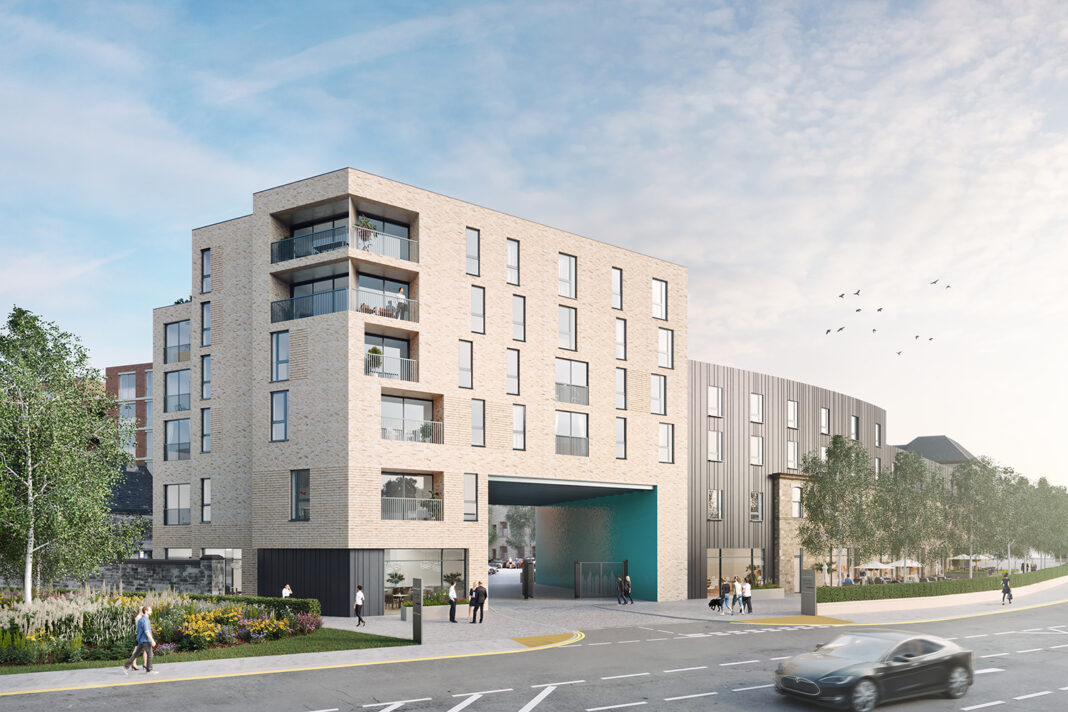
LANDFILL waste will heat the homes of a development in Dunfermline after securing connection to a low carbon network.
The Linen Quarter, which is bringing new build and restoration homes to the Grade-A listed former Pilmuir Works, is now part of the town’s District Heating System. Its connection required drilling into the ‘hot tap’, a procedure described as being more akin to the oil and gas industries.
Residents will benefit from heating primarily sourced from 100% local green energy.
Dan Multon, director with Byzantian, the heritage developer behind the project, said, “This is a milestone moment for The Linen Quarter and a clear indicator that Scotland is moving to renewable energy sources. The benefits of this scheme are substantial, for residents, the environment and the wider Fife economy. It demonstrates that The Linen Quarter is something different, the regeneration of Scotland’s industrial heritage and the movement towards carbon neutral development, a first for private residential development in Scotland.”
The Dunfermline District Heating System launched in 2010 and serves a mixture of residential, leisure, social and retail properties. Its source is Dunfermline Recycling Centre, with heat primarily from degrading waste, and in winter supplemented by a wood chip boiler, supplying a network of underground pipes carrying hot water.
Jonathan Coppock, mechanical engineer with Fife Council, added, “It has been a privilege to work with Byzantian on this prestigious and exciting development. Fife Council, from the early feasibility stage, worked alongside the Byzantian project team to ensure that district heating was the right solution for the development.
“We maintained involvement during the construction phase, offering both technical and legal assistance, to help streamline the process. The Linen Quarter is a valuable addition to the Dunfermline Community Energy Scheme and helps towards achieving Scotland’s ambition to decarbonise heat.”
For customers, benefits are said to include reduced energy bills and a reduction in system maintenance costs. It also means the properties meet renewable energy targets without the need to install PV-solar panels.








